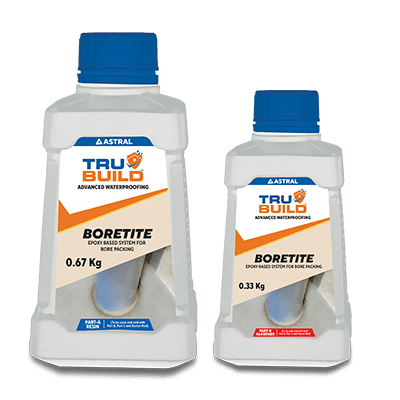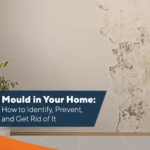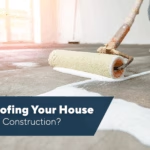The Causes of Water Seepage in Walls and Their Solutions
Apr 25, 2025
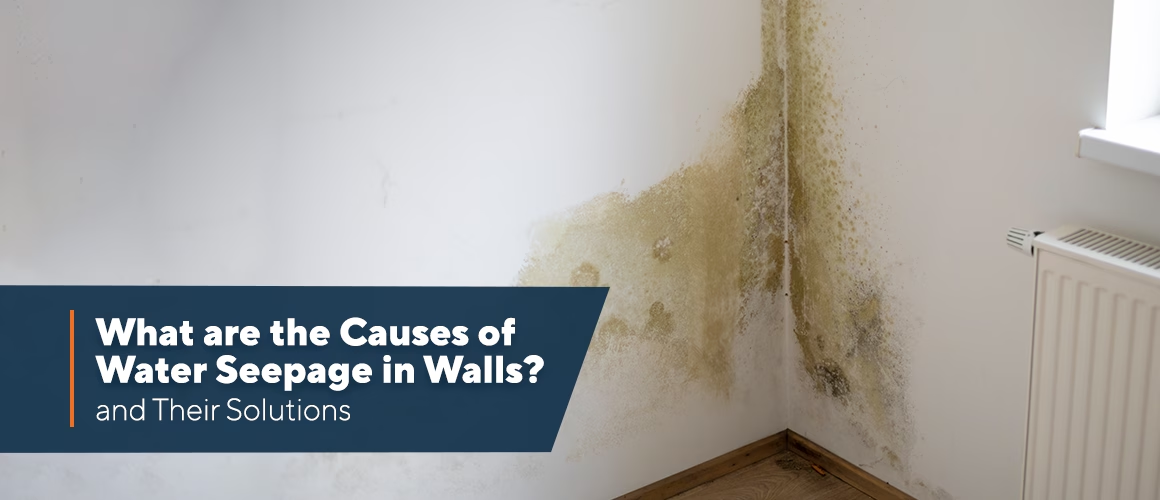
Water seepage in walls is a nightmare for every homeowner. It often appears as damp patches on the ceiling, discoloured stains, or chipping plaster on the walls. Sometimes, there can also be a musty smell in the room. It might start as a minor issue, but it signals a deeper problem that could cause lasting damage to your home. Whether the water is coming from leaks inside your home or from external sources, it can result in structural damage, mould growth and affect your home’s overall integrity.
This blog explores the common causes of water seepage, how to identify them and offers simple wall seepage solutions to address the issue. It will help you take action early and prevent further damage to your home.
What is Water Seepage in Walls?
Water seepage in walls happens when water infiltrates your home through cracks or gaps in the walls. This issue is common during the rainy season. However, water seepage can also result from poor construction practices or damage to the plumbing system. Water seepage is easy to identify through signs such as damp patches, stains or mould growth on the walls.
What Causes Wall Seepage?
-
Inadequate Waterproofing During Construction:
If proper interior and exterior wall waterproofing materials were not used during construction, moisture can easily seep through the walls, particularly during heavy rains or in humid conditions. This is one of the most common causes of water seepage in walls.
-
Plumbing Leaks and Faulty Fixtures:
Leaks from plumbing pipes hidden behind walls or under floors can lead to gradual water seepage. Additionally, faulty seals around bathroom fixtures can allow water to enter, causing damage over time.
-
Weather-Induced Damage:
Heavy rainfall can worsen cracks in exterior walls or plaster, allowing moisture to penetrate. Temperature fluctuations can also widen existing cracks and let water seep into the structure.
-
Low-Quality Exterior Finishes:
Poor-quality exterior paints or plaster can deteriorate over time, exposing walls to moisture and increasing the risk of seepage.
-
Structural Cracks and Gaps:
Even the smallest cracks, such as hairline fractures, can let water seep in. Gaps around windows and doors are common entry points for moisture, especially in areas with high humidity or heavy rainfall.
Impact of Water Seepage on Health
Water seepage in walls does not just damage your home’s structure; it can also have serious health implications. Damp walls create the ideal environment for mould and mildew to thrive, which can lead to respiratory issues and allergies. Mould spores, like Aspergillus, can be particularly harmful to individuals with asthma or weakened immune systems. Plus, water seepage can cause peeling paint, efflorescence stains and general degradation of the look and feel of your home.
How to Detect Wall Seepage?
Detecting water seepage early is essential to prevent major damage. Here are five key signs to look out for:
-
Damp Patches and Water Stains:
The most obvious signs of water seepage are damp patches or water stains on the walls, which may start light in colour and darken over time.
-
Peeling Paint or Wallpaper:
When water seeps through walls, it often causes paint or wallpaper to peel or bubble up.
-
Mould Growth:
Mould growth, often seen as dark patches, is a serious indicator of ongoing water seepage.
-
Musty Odor:
A musty or earthy smell in the room can suggest the presence of mould or moisture trapped within the walls.
-
Cracked Walls:
Hairline cracks in the walls, especially near the floor, can indicate that water is making its way through the walls, which could lead to structural damage over time.
Addressing these issues early can help stop water seepage from getting worse and guide you on how to fix seepage in walls before it causes serious damage.
How to Stop Water Seepage in Walls
Preventing water seepage is more about taking proactive measures during construction and regular maintenance. Here are some steps you can take:
-
Ensure Proper Waterproofing During Construction:
Interior and exterior wall waterproofing coatings, such as polymer-modified cement or bitumen-based products, should be used during construction to protect the walls from moisture infiltration.
-
Fix Plumbing Leaks Immediately:
Repair leaking pipes, faucets, and bathroom fixtures promptly to prevent moisture from entering the walls. Regular plumbing inspections can also catch hidden leaks early.
-
Use High-Quality Exterior Paints:
Opt for weatherproof, UV-resistant exterior paints like Trubuild Walltect Topcoat to add a protective layer to the walls. It helps prevent damage from the sun’s exposure and rain.
-
Seal Cracks and Gaps:
Ensure all structural gaps, especially around window and door frames, are sealed. Filling hairline cracks with epoxy or acrylic-based sealants can prevent moisture from seeping in.
-
Improve Drainage and Ventilation:
Ensure the roof has the correct slope to prevent water pooling. Installing exhaust fans in high-moisture areas like bathrooms and kitchens can help reduce humidity levels.
By following these preventive steps, you can take action on how to fix seepage in walls and keep your home safe from further moisture damage.
To prevent water seepage in walls, it is important to choose a solution that provides effective defence and stands the test of time. Astral Trubuild offers a compact and efficient solution with the Walltect system, which offers long-term resistance against water damage. Start with Trubuild PrimeSure Primer to prepare the surface, followed by the Walltect Basecoat for wall waterproofing and finish with the Walltect Topcoat for an invincible protective layer. With Astral Trubuild’s comprehensive range of expert wall seepage solutions, you can safeguard your home from water seepage in walls for many years.
Explore our expert waterproofing solutions for your home with Astral Trubuild today.
FAQs
-
What leads to seepage of water in walls?
Water seepage in walls is commonly caused by plumbing leaks, poor exterior wall waterproofing or damaged foundations. When water finds its way through cracks or gaps in the wall, it penetrates the structure. Weather conditions, such as heavy rain or humidity, can also contribute, especially if the external surfaces are not properly sealed.
-
Does ventilation prevent wall seepage?
Good ventilation can help reduce the risk of wall seepage, especially in areas with high humidity. Proper airflow helps dry out moisture that may accumulate on walls and prevent mould and mildew growth. However, it is also essential to ensure that walls are properly sealed and that plumbing systems are intact to prevent moisture infiltration.
-
Is wall seepage harmful to your health and house?
Wall seepage can be harmful to your health and house. Moisture can lead to mold and mildew growth, which can trigger respiratory issues, allergiesa and asthma. Additionally, seepage weakens the structure of your home, causing cracks in walls, peeling paint and potentially compromising the foundation. Over time, untreated seepage can cause significant damage to the integrity of your building.
-
What is the most ideal chemical for wall leakage?
The ideal chemical for wall leakage depends on the severity and type of the issue. Commonly used products include waterproofing sealants, such as acrylic-based or polyurethane-based coatings. These chemicals create a protective barrier that prevents moisture from seeping through the walls. For severe leakage, epoxy-based sealants offer strong durability.
-
How is it possible to prevent water leakage through tiles?
To prevent water leakage through tiles, ensure that the grout and sealant are applied correctly. Over time, grout can wear out and allow water to seep through. Replacing damaged grout and applying a high-quality sealant to the grout lines will block moisture from entering the walls.
-
How can the infiltration of water into walls be stopped?
To stop water infiltration into walls, you must address the source of the moisture. This includes repairing plumbing leaks, ensuring proper sealing around windows and doors, and applying waterproof coatings to external walls. Regularly maintaining the exterior of your home by checking for cracks and gaps can help prevent moisture from entering. Installing a vapor barrier or improving drainage around the foundation can also reduce the risk of infiltration.
-
How to cease water from seeping through walls?
To stop water from seeping through walls, start by repairing any leaks in the plumbing or roof. Ensure the wall’s exterior is waterproofed with appropriate sealants or coatings. Use a water-resistant plaster or paint for internal walls. Also, check for cracks in the foundation or walls and seal them effectively. Finally, improve drainage around the building to divert water away from the foundation to prevent further damage.


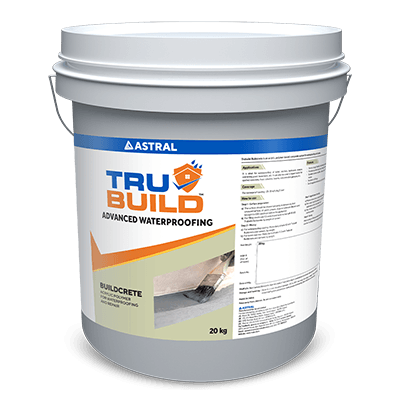
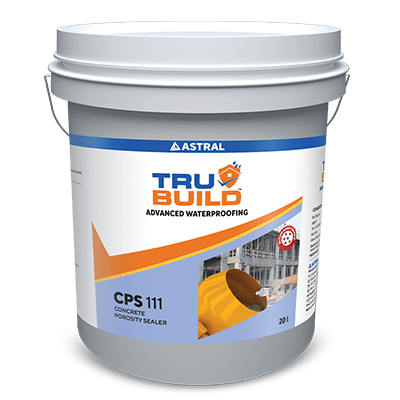
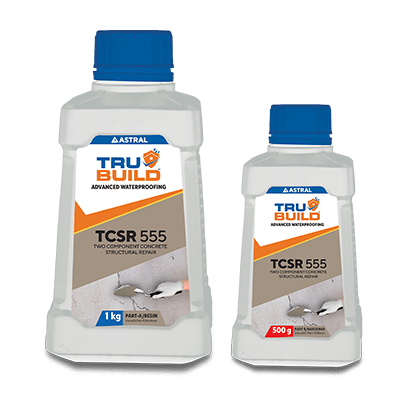
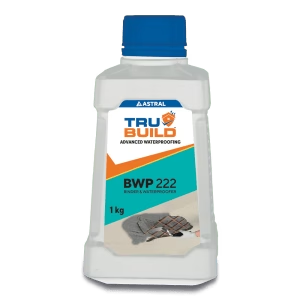
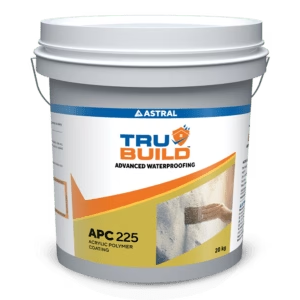
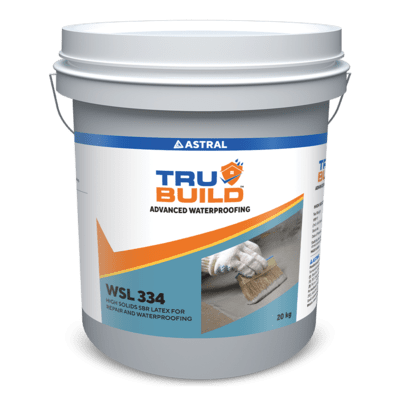
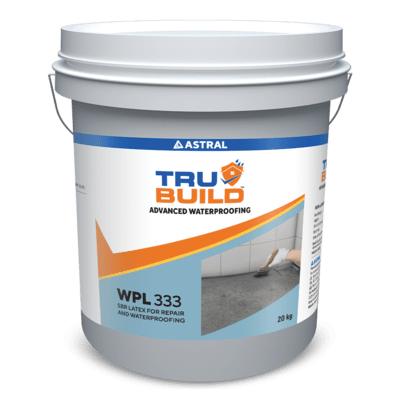
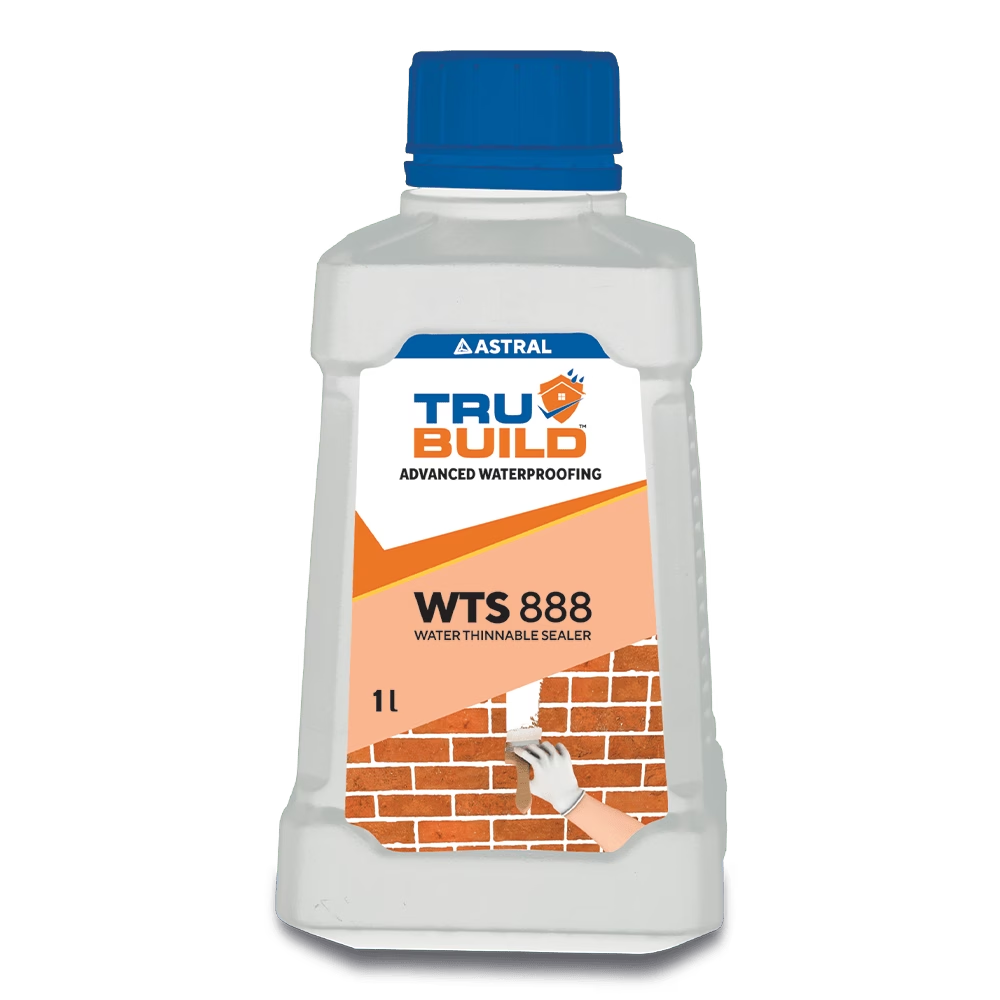
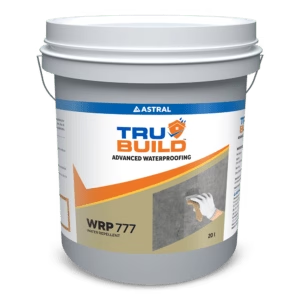
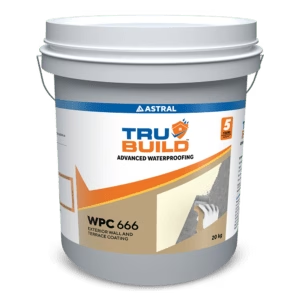
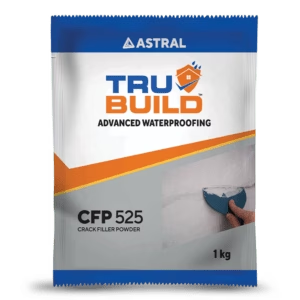
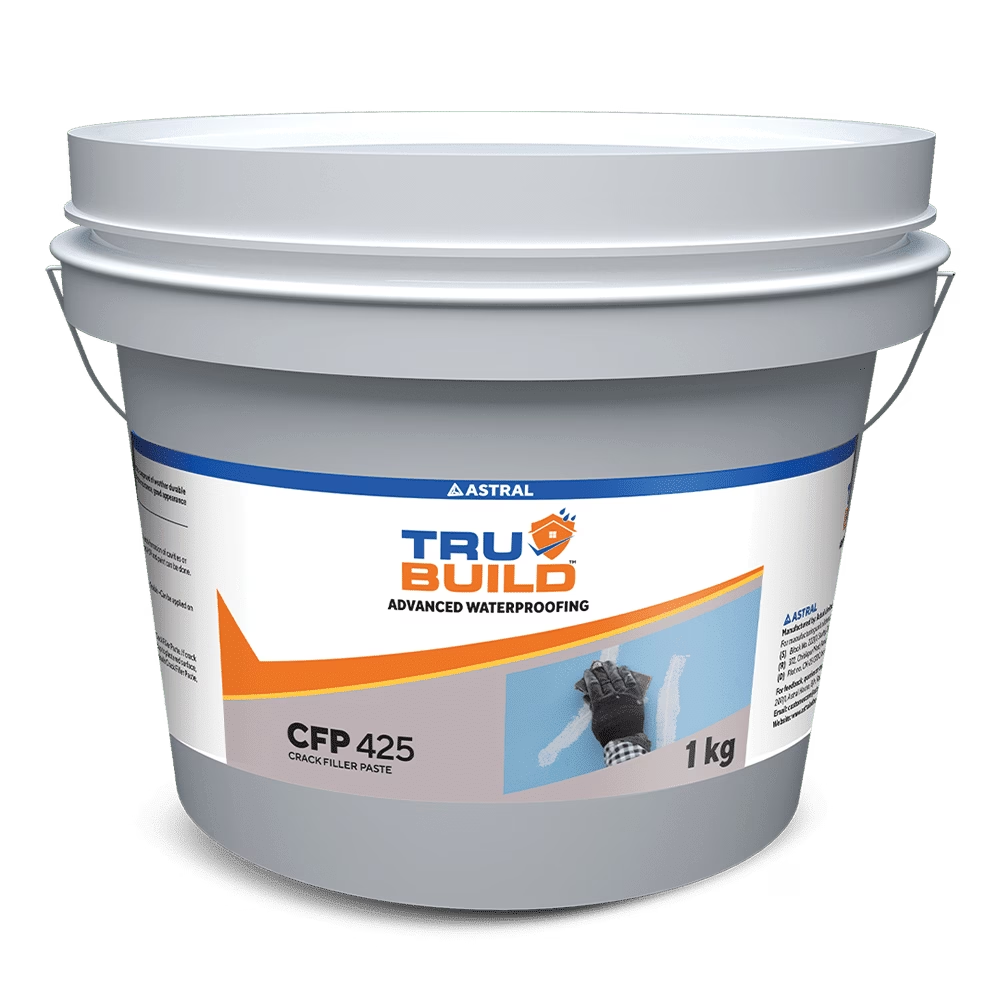
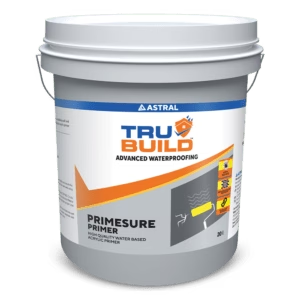
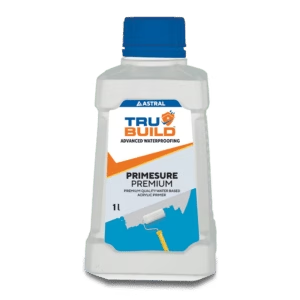
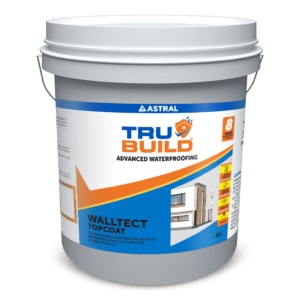
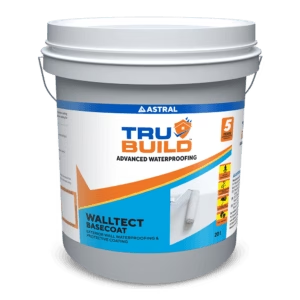
 Professional Sealants
Professional Sealants 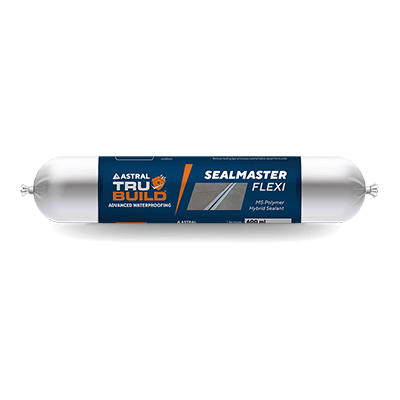
 Roof Waterproofing
Roof Waterproofing 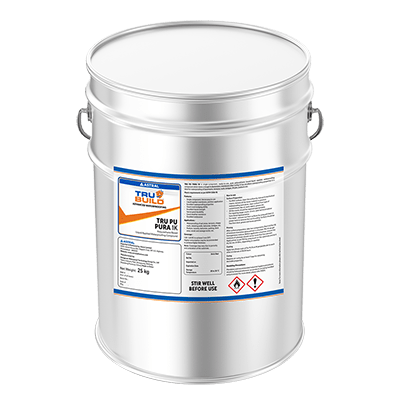
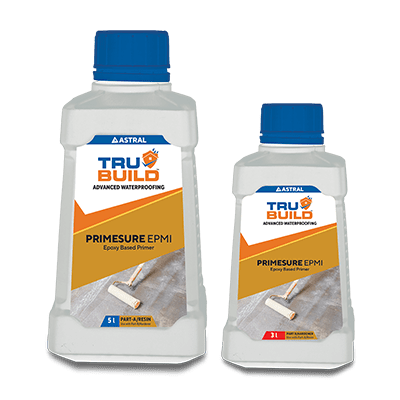
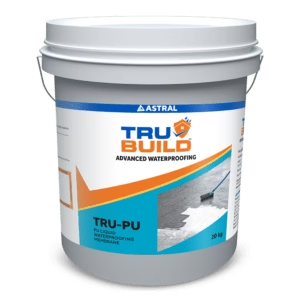


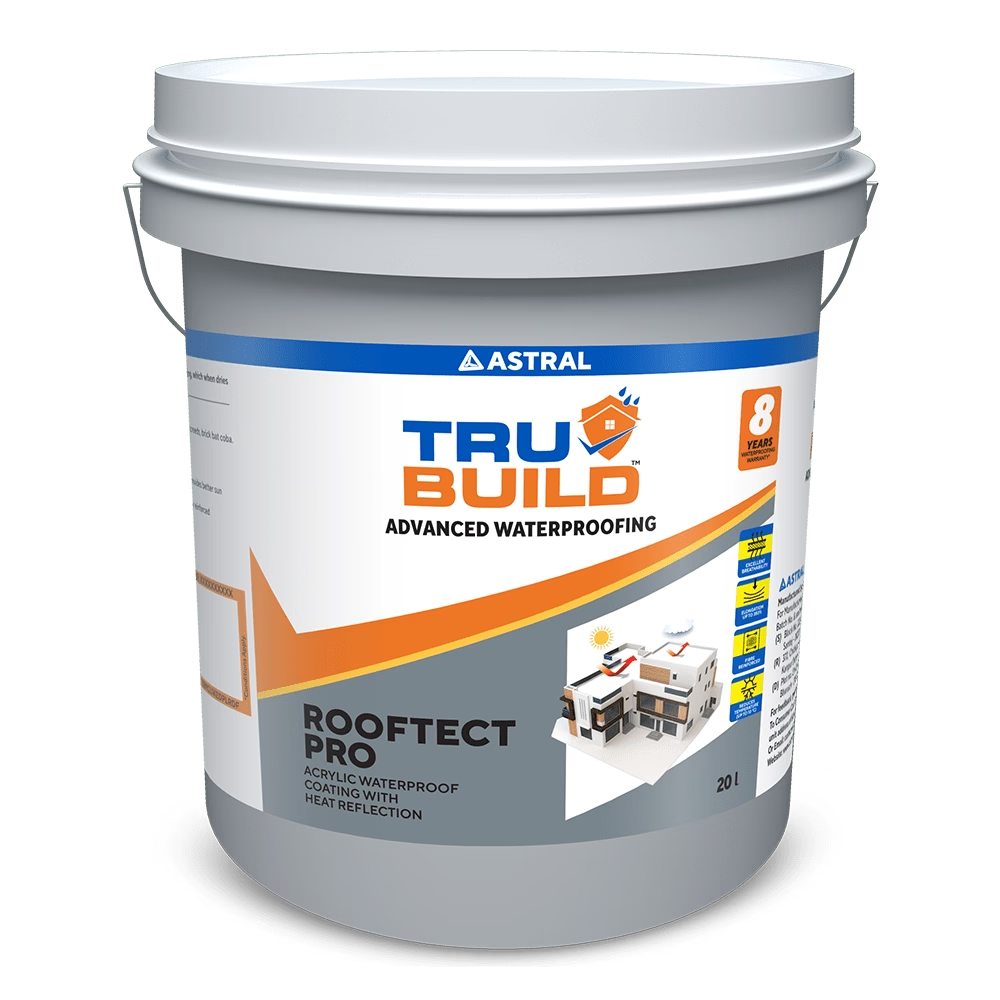
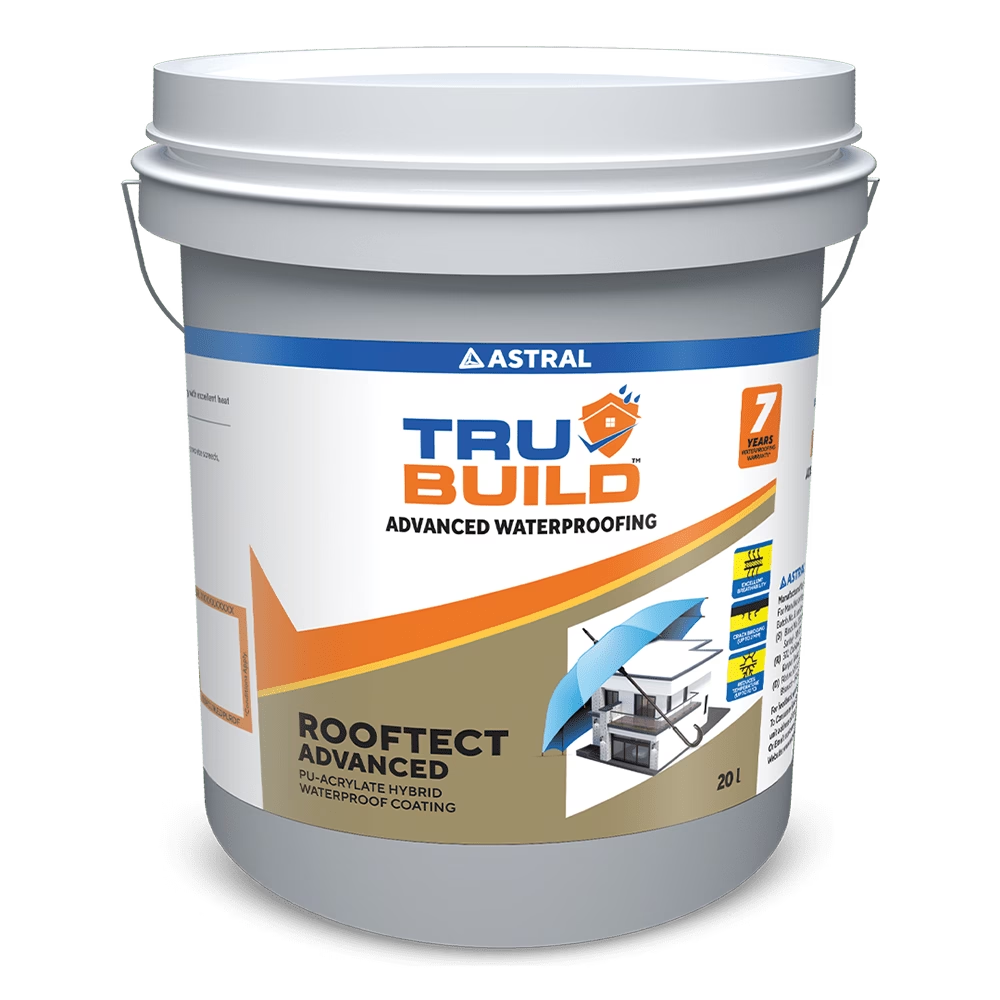
 Substructure Waterproofing
Substructure Waterproofing  Tiling and Grouting
Tiling and Grouting 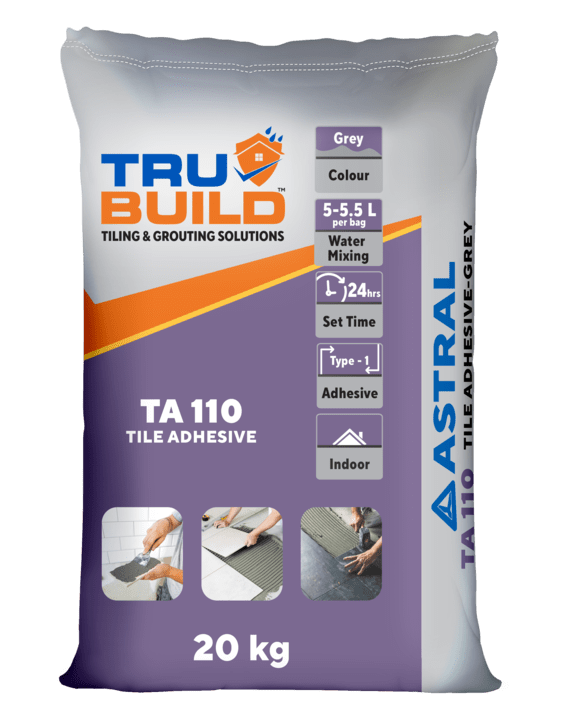
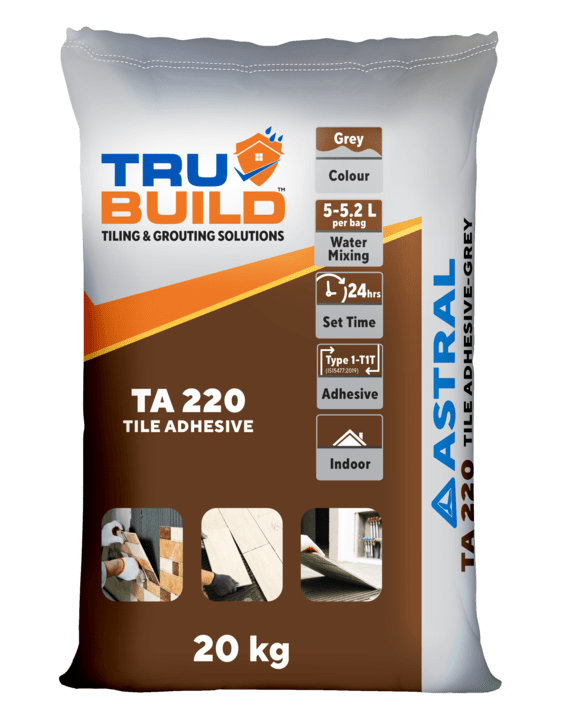
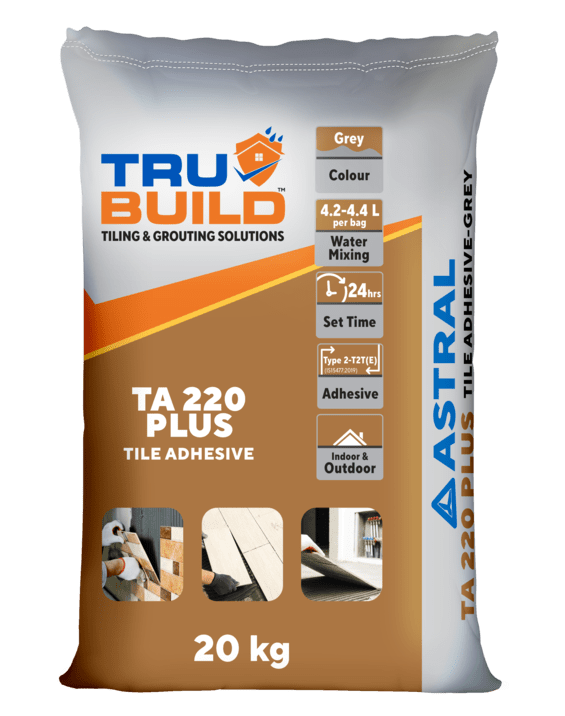
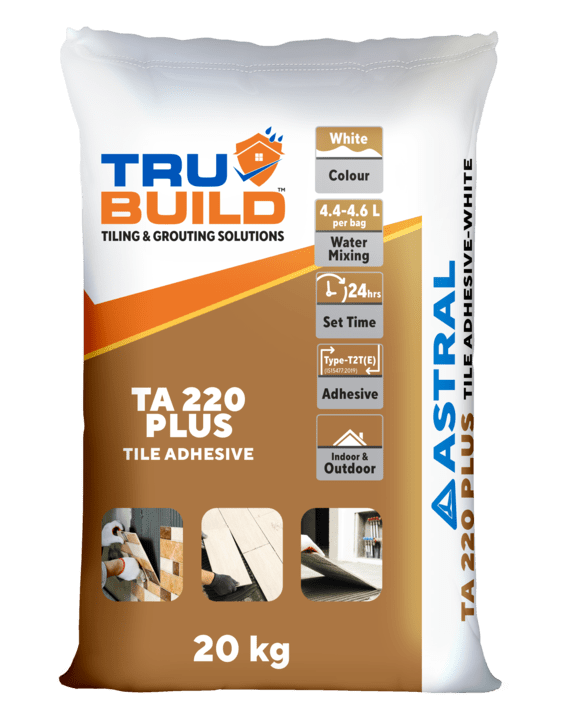
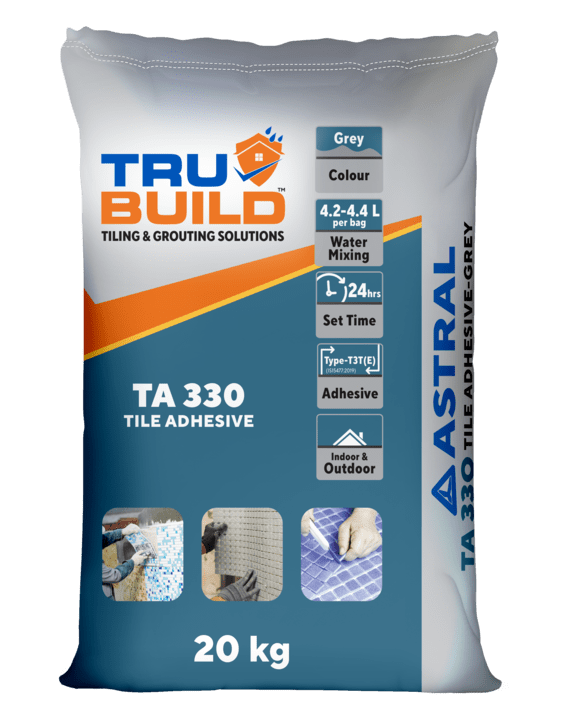
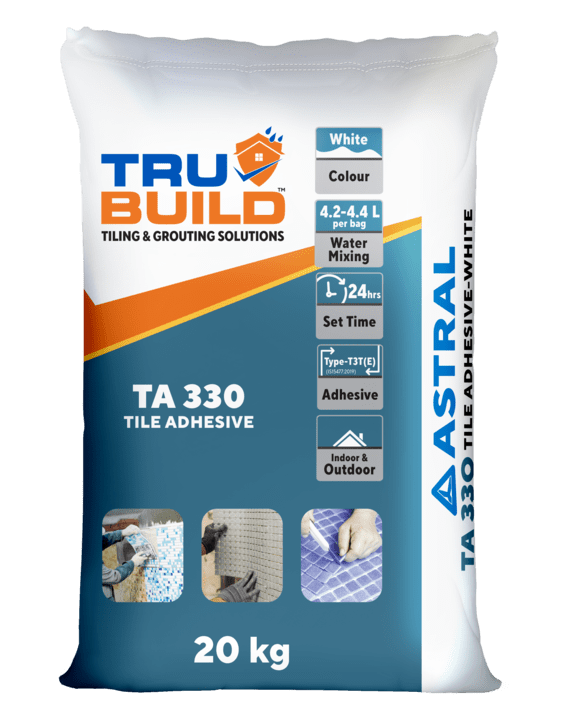
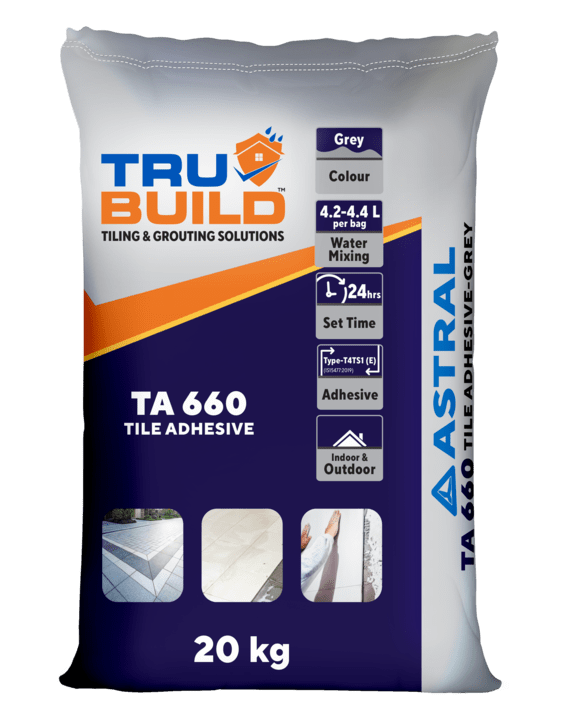
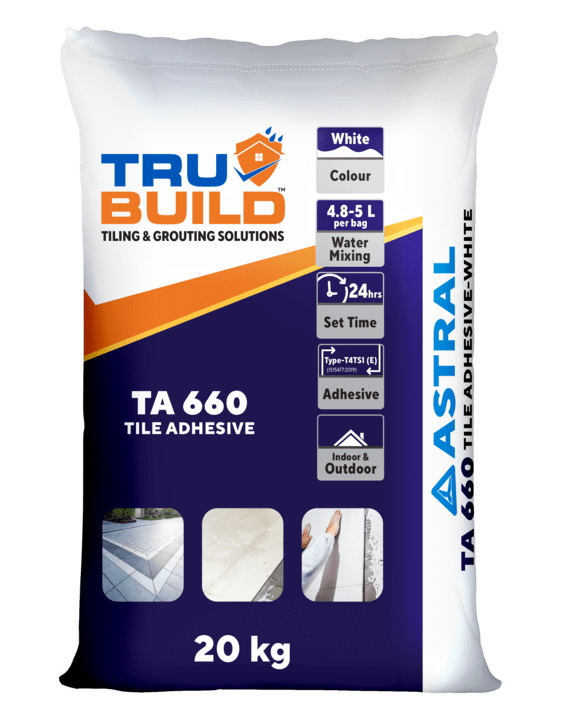
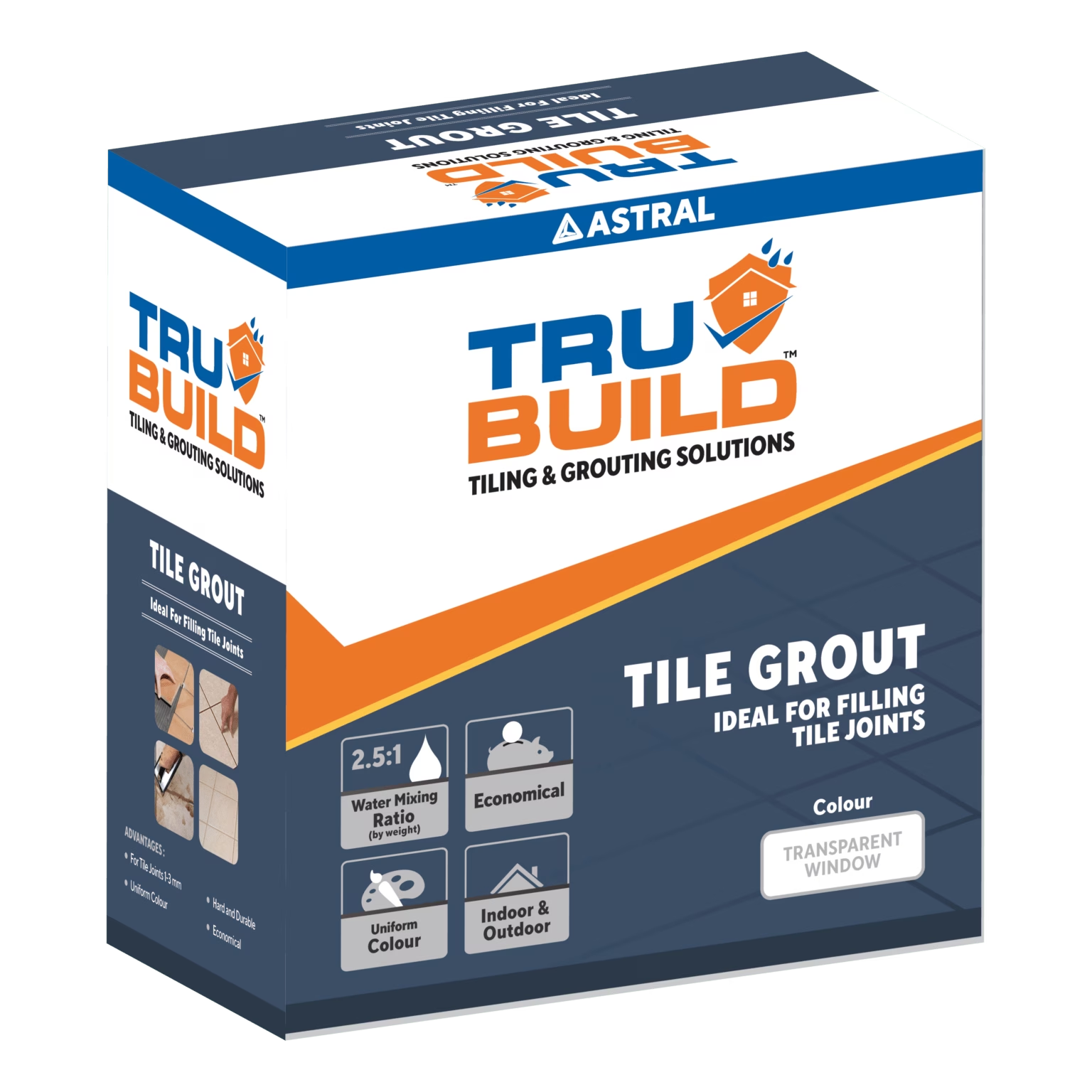
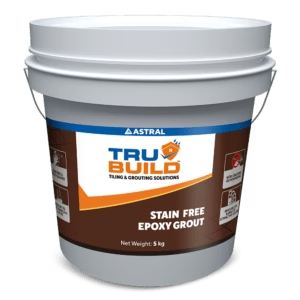
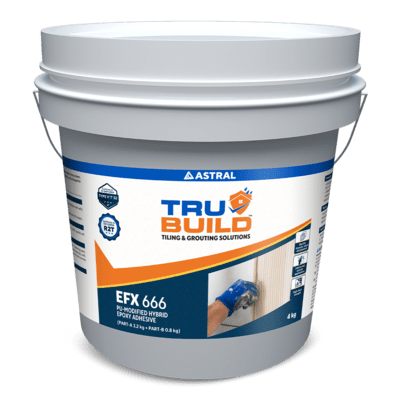
 Water Tanks and Other Areas
Water Tanks and Other Areas 